Kepuha: Quipuha
Kepuha (also spelled Quipuha) was a maga’låhi from Hagåtña, whose role in welcoming Spanish missionaries to Guam makes him a controversial figure in the island’s
Kepuha (also spelled Quipuha) was a maga’låhi from Hagåtña, whose role in welcoming Spanish missionaries to Guam makes him a controversial figure in the island’s
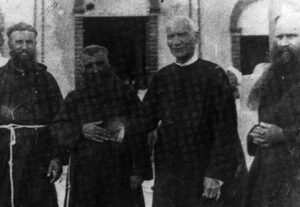
In 1889, when the unified Spanish Province was divided, a separate jurisdiction was created specifically for the Capuchin missionaries in the Carolines called the District
Bishop Joaquín Felipe Oláiz Table of Contents Share This Contributed to the Guam mission’s growth Bishop Joaquín Felipe Oláiz y Zabalza (1872 – 1945) was
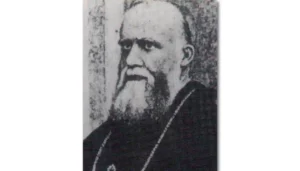
Bishop Agustín José Bernaus y Serra, or Bishop Bernaus, was the second Apostolic Vicar of Guam. When Bishop Francisco Javier Vilá died in 1913, Bernaus
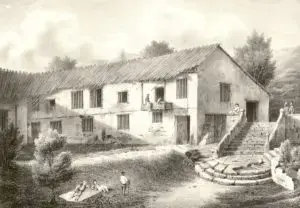
The second religious order of Catholic missionaries, who were given responsibility for the Marianas mission in 1769, were the Augustinian Recollect friars. The Recollects were
Manma’gas is the Chamorro/CHamoru word for leaders when referred to as a group. In ancient Guam, CHamoru leaders were usually the oldest members of clans
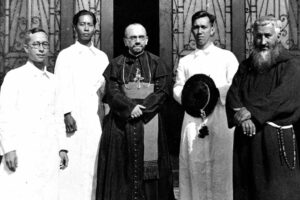
From a religious perspective, World War II in Guam, or I Tiempon Chapoñes as Chamorros/CHamorus referred to it, was traumatic for a number of reasons.
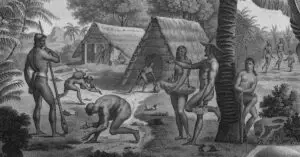
The Matua controlled the most resources and lands and were the most politically powerful class. Historical accounts give us a clear image of their place
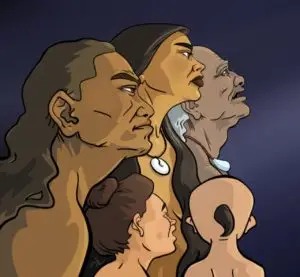
A maga’låhi was the first born, high ranking (matua) male head of a CHamoru clan, a role inherited through his maternal lineage. Manmaga’låhi and manmaga’håga

The idea of the world being divided into different realms, as was common in the Chamorro/CHamoru view after Christianity was introduced, is one promoted or